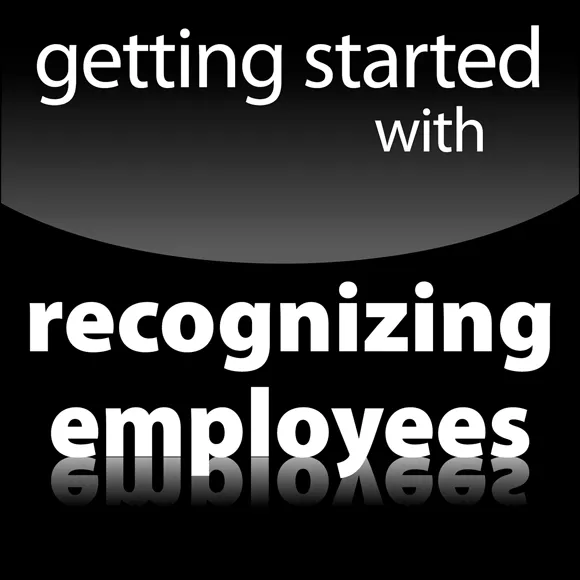
Recognizing & Engaging Employees For Dummies
Bob Nelson
- English
- ePUB (mobile friendly)
- Available on iOS & Android
Recognizing & Engaging Employees For Dummies
Bob Nelson
About This Book
Improve engagement, productivity, and motivation with effective employee recognition
Recognizing and Engaging Employees for Dummies gives you the tools and information you need to improve morale, productivity, and personal achievement with a successful employee recognition program. Written by a world-leading authority in employee recognition, this book walks you step-by-step through the design and implementation process and describes the incentives that work, the behaviors to reward, and the mechanisms that must be in place for the program to be effective in the long term. You'll learn how to pinpoint the places where engagement and recognition could improve the bottom line, and how to structure the reward for optimal balance between motivational, financial, and organizational effectiveness. With clear explanations and a fun, friendly style, this book is your quick and easy guide to boosting productivity, profit, and customer satisfaction.
Most Americans who leave their jobs cite lack of recognition as the driving factor. When your employees feel appreciated, they stick around, work harder, achieve more, and drive your business onward and upward. This book shows you how to bring that dynamic to your workplace, with step-by-step guidance and helpful advice.
- Design successful recognition programs
- Create powerful incentives for employees
- Reduce turnover, improve engagement, and drive excellence
- Foster a happier and more productive workplace
Happy employees are productive employees. They get results. They innovate. They are the force behind the advancement of industries. Effective employee recognition programs are self-sustaining motivational tools that keep the fire lit. If you're ready to spark the flame, Recognizing and Engaging Employees for Dummies is the ideal guide for designing, implementing, and maintaining the program your employees have been waiting for.
Frequently asked questions
Information
Enhancing Employee Engagement through Recognition

- Discover the current climate of workplace engagement and determine whether your company aligns with current trends
- Identify different methods of keeping your employees engaged at work
- Get the ins and outs on how to maintain open lines of communication, involve employees in decisions, and provide employees the autonomy they need to do their best work
- Understand how recognition drives employee engagement and how you can use this phenomenon to enhance your company’s culture
The Quest for Engagement



Why Engagement Is Important
Engagement leads to productivity
- 27 percent less prone to absenteeism
- 62 percent less likely to be involved in job accidents
- 51 percent less likely to leave their jobs
- 31 percent less likely to leave in high-turnover organizations
Engagement creates trust
Engagement helps you retain top talent
Looking at Factors Impacting Employee Engagement
Employee fit: Alignment of employee’s goals with organizational goals
- “I play a vital role in this organization and am responsible for what happens here.”
- “If I see a problem, it is my duty to fix it.”
- “My job is justified only if I make a valuable contribution.”
